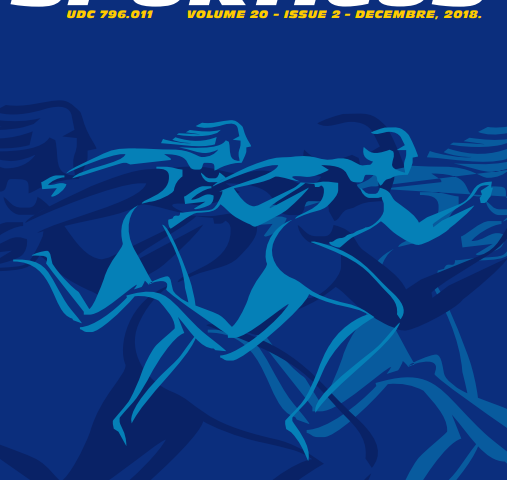Abstract
The aim of this study was to determine differences in the amount and intensity of movement of top players in terms of the position in the team, on a sample of 167 players who played all 90 minutes of the eighth finals of the World Cup 2010 in South African Republic. By comparing the players’ position it was found that the midfield players, on average, most ran, (10952 ± 2123m), which is the case and the amount of movement when the team in possession (4279 ± 1099m) and when the team is not in possession of the ball (4485 ± 1010m). In relation to the intensity of the defensive players during a game on average the most time spent in the low intensity (83.86
± 2.92%), the activities of medium and high intensity most spent midfielders (10.44 ± 1.47% of total distance traveled). The highest maximum average speed achieved attackers (24.24 ± 3.07 km / h). Canonical discriminant analysis obtained three discriminant functions of which two have statistically significant value (Canonical Cor. = 893, p = .00) and Canonical Cor. = 488; p = .00). The highest correlation with the first isolated discriminant function, which maximally different positions in the team (Wilks Lambda = 143; p = .00), have all three variables that determine the intensities of movement, variables that determine the total length of the distance traveled, distance covered in possession and the amount of players, a dominant position is midfield players. The second isolated discriminant function that also statistically significantly different position in the game (Wilks Lambda = 709; p = .00) variable determines the amount of distance traveled without the ball, but the most dominant group are defenders, then midfielders.


